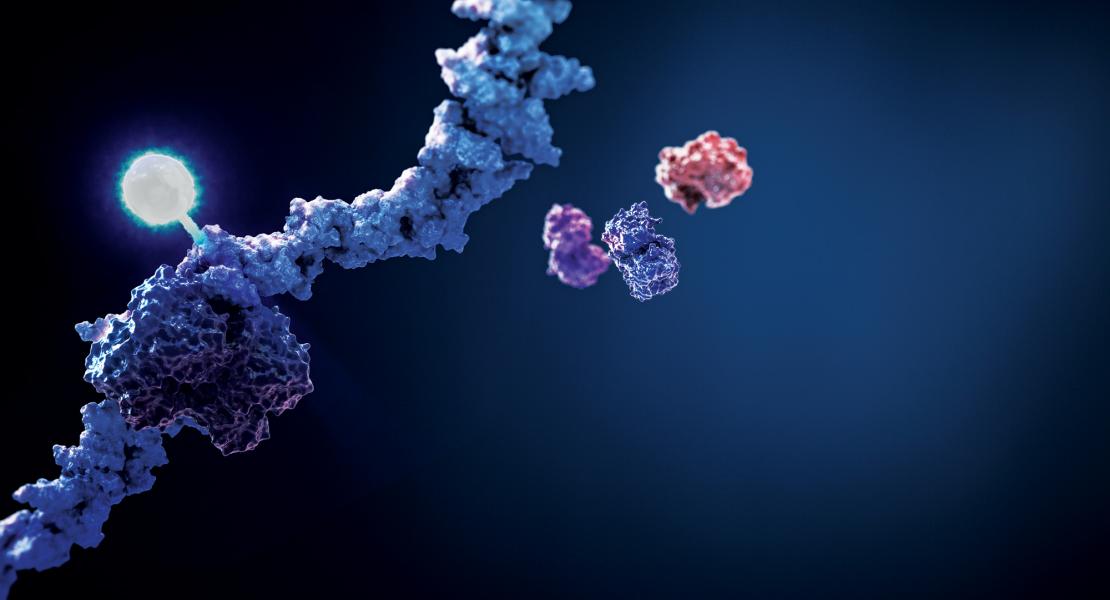DNA interrogation by the CRISPR RNA-guided endonuclease Cas9

Abstract
The clustered regularly interspaced short palindromic repeats (CRISPR)-associated enzyme Cas9 is an RNA-guided endonuclease that uses RNA–DNA base-pairing to target foreign DNA in bacteria. Cas9–guide RNA complexes are also effective genome engineering agents in animals and plants. Here we use single-molecule and bulk biochemical experiments to determine how Cas9–RNA interrogates DNA to find specific cleavage sites. We show that both binding and cleavage of DNA by Cas9–RNA require recognition of a short trinucleotide protospacer adjacent motif (PAM). Non-target DNA binding affinity scales with PAM density, and sequences fully complementary to the guide RNA but lacking a nearby PAM are ignored by Cas9–RNA. Competition assays provide evidence that DNA strand separation and RNA–DNA heteroduplex formationinitiate at the PAM and proceed directionally towards the distal end of the target sequence. Furthermore, PAM interactions trigger Cas9 catalytic activity. These results reveal how Cas9 uses PAM recognition to quickly identify potential target sites while scanning large DNA molecules, and to regulate scission of double-stranded DNA.
